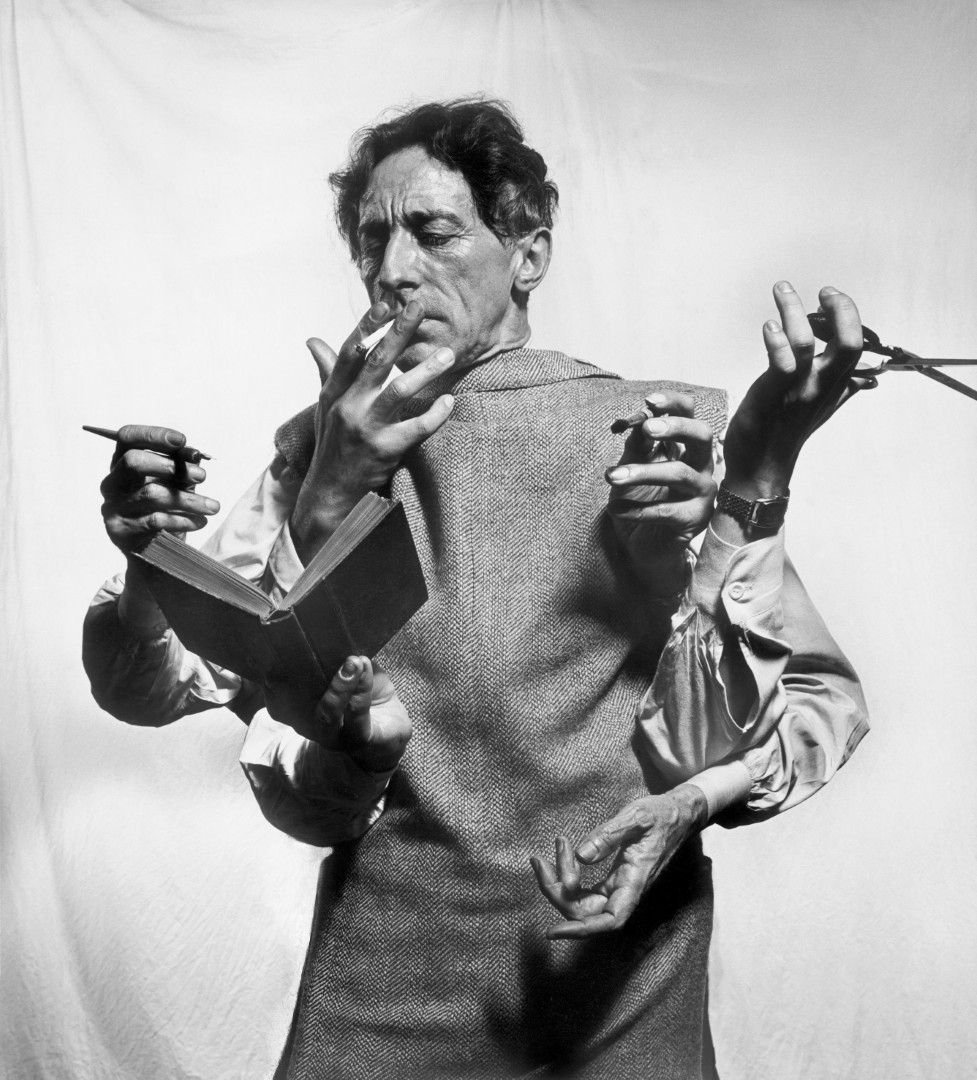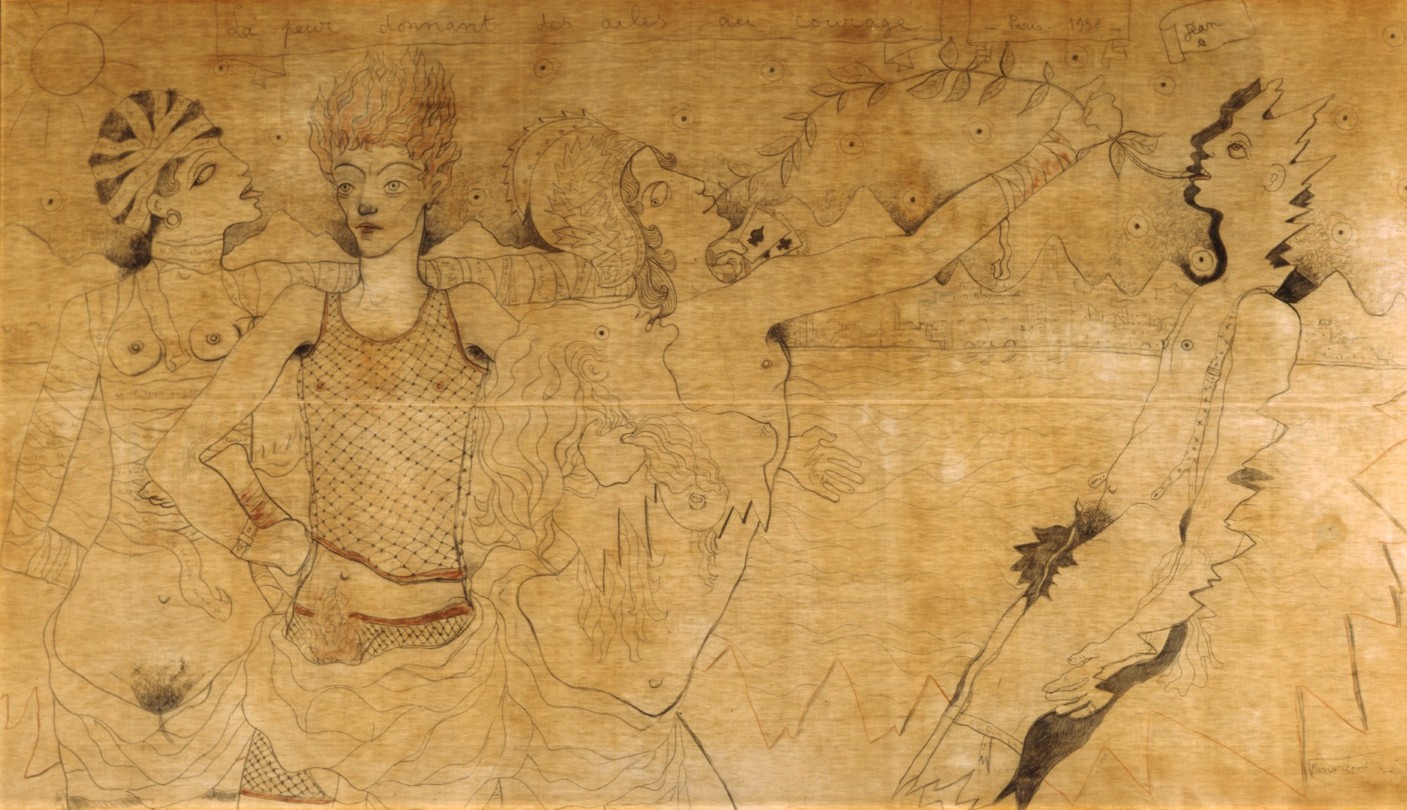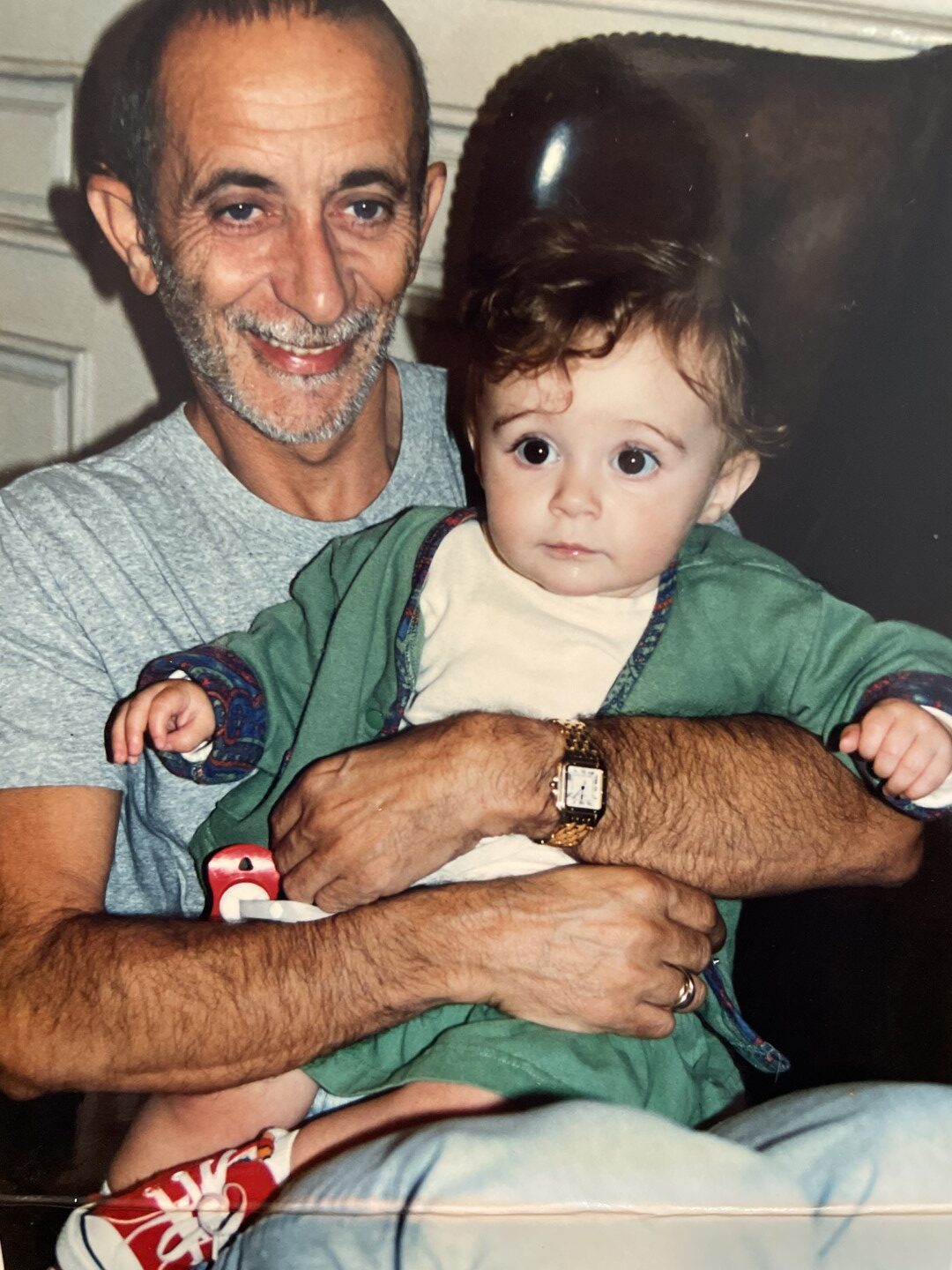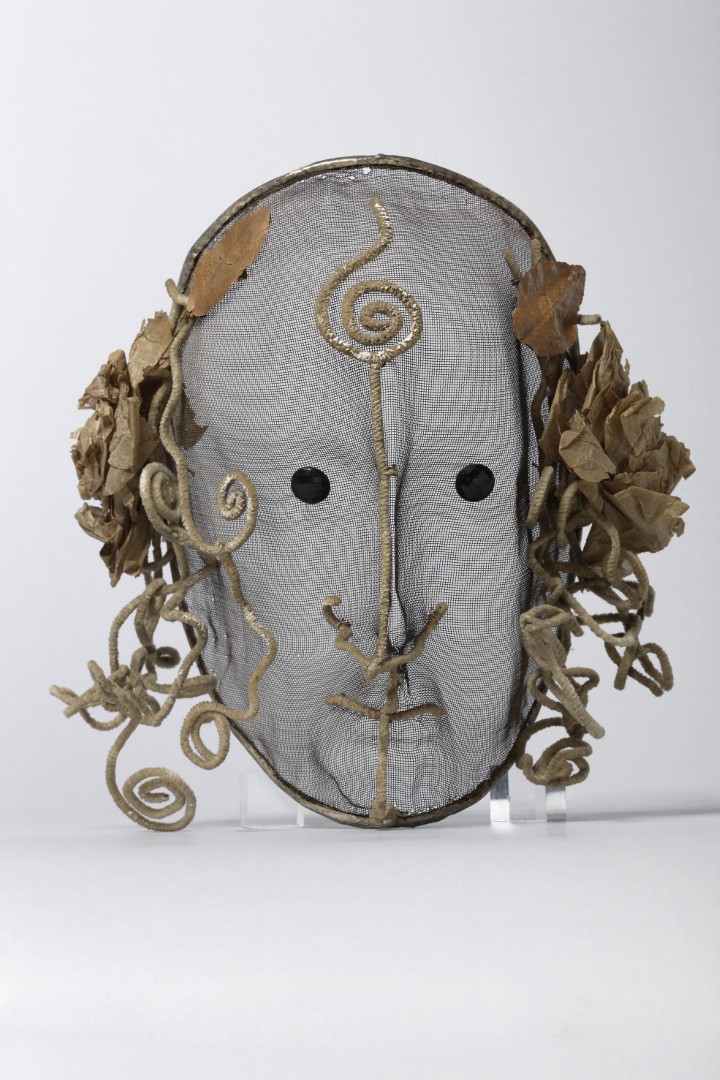Chloë Cassens talks legacy, Jean Cocteau’s timelessness, and writing Sacred Monster
Chloë Cassens

Splitting her time between Los Angeles and Paris, writer and educator Chloë Cassens represents the Severin Wunderman Collection, the largest archive of artworks by Jean Cocteau. As Wunderman’s daughter and a longtime scholar of Cocteau, Cassens is devoted to introducing the French surrealist polymath to new audiences.
Through her biweekly essay series Sacred Monster (which recently released Volume 1 in print), ongoing events and lectures at places including the Peggy Guggenheim, The Philosophical Research Society, and Vidiots, Chloë Cassens is carrying forth a family legacy while carving her own path as a creative and cultural voice.
FAULT Magazine: As someone who splits her time between Los Angeles and Paris you’ve stated that you feel like you “belong everywhere.” How has that sense of in-between shaped you as a thinker and writer?
Chloë Cassens: It’s forced me to be really nimble, think quickly, and be efficient with the way that I think and write. An object in motion stays in motion, as Newton said, and I am that object.
For readers new to Sacred Monster, how would you describe it in just a sentence or two?
Sacred Monster is for people who derive pleasure from learning something new, who find sex appeal in knowledge, and who get off on having their curiosity sated. Sacred Monster is a platform I use to constantly try to find the beauty and the beast in art and artists, with Jean Cocteau and the culture I connect with in Los Angeles and Paris as jumping-off points. You need not know anything about what I’m writing about prior to subscribing or picking up a copy – you just have to want to dive in.

© Philippe Halsman / Magnum Photos
You grew up with Cocteau almost as part of your family atmosphere. What was your first real memory of his work?
I am not totally sure what my first memory of his work is as it was a constant in my life from the day I was born. That said, I really came to adore it on my own – and really understand who Cocteau was – when I started doing my own research and exploration of his oeuvre following the death of my grandfather. It started as a way to find connection to him in my grief and bloomed into an obsession of my own.
If you could introduce one of Cocteau’s works to someone seeing him for the first time, which would you choose and why?
Cocteau’s work is like a Rorschach test and so I usually recommend his work to people based on their taste and personality. He worked in every medium – film, poetry, theatre, dance, he painted murals and worked alongside Coco Chanel and Elsa Schiaparelli. There is a Cocteau for everyone. That said, the most common inroads to his work is certainly his 1946 adaptation of the Beauty and the Beast fairy tale, which served as the inspiration for Disney’s many decades later. It is one of the greatest films of all time, and a favorite of pretty much everyone. Icons like David Lynch, Martin Scorsese, Morrissey, Akira Kurosawa, David Bowie, Florence Welch, and so many more have cited Cocteau’s filmmaking as being their inspiration. The list is endless.

Fear Giving Wings to Courage
(La Peur donnant des ailes au courage)
1938
Graphite, chalk, and crayon on cotton
154,9 x 272,1 cm
Collection of Phoenix Art Museum, Gift of Mr. Cornelius Ruxton Love Jr
© Adagp/Comité Cocteau, Paris, by SIAE 2024.
Your grandfather built Gucci Timepieces before dedicating his life to collecting Cocteau. Do you feel that mix of fashion, business, and art shaped the way you approach your own projects?
It absolutely does. I’ve never siloed mediums, and see connections in everything. For example, I wrote a piece for Sacred Monster about Blackpink, ‘K-Pop and the cultivation of soft power‘, which was something that Louis XIV really harnessed (and kind of invented) back in the 17th century. Another piece I wrote was about how Daft Punk’s virtuosity is inextricably linked to sexual politics. Everything has intent, and everything is connected. Once people grow to understand that there is value and merit in all walks of life – that STEM subjects are equally important to the humanities, and so on – I think that we will really be able to understand each other as human beings.
Your upcoming book focuses on your grandfather’s extraordinary life. How is writing about him different from writing about Cocteau?
It’s different as it’s so intensely personal and I have a responsibility to more people than just myself, but also to my family. My grandfather loved to exaggerate and tell tall tales, though often his most bonkers stories were the ones that turned out to be one hundred percent true. There aren’t a whole lot of physical records to back up any claims or research, for a lot of reasons – records on Jews weren’t fastidiously kept in his day, especially ones who weren’t well known or of public prominence. Many of his stories were anecdotal, and the methods of documenting a life were so vastly different than they are today.
It’s a double-edged sword I yield because it’s also forced me to be creative in my approach, and so the book isn’t a straightforward biography. It took over a year to figure out my concept and approach…now I have to write it…
You seem to move between scholarship and nightlife with ease, balancing writing essays on Cocteau one week, and then hosting a birthday celebration for him the next. Do you enjoy blurring those worlds?
I do! I find the place where those worlds blur to be the place where magic happens. Cocteau himself was a club kid and nightlife fixture from when he was a teenager through old age. (I’ve a few essays about nightlife on Sacred Monster – ‘Club Classics’ and ‘Human After All’ come to mind.)
Nightlife is more or less the petri dish of creative expression. So many of the wonderful connections I’ve made with other artists and writers and creative people come from running into them after dark. Many of them, I think, operate a bit like myself, where they lead one life by day and another by night, and that probably is the reason why I find their output so intriguing.

When you’re not writing about Cocteau, what inspires you day-to-day?
My friends really inspire me. I like to say that if someone is rocking with me, I’m rocking with them, and because of that I have a group of friends that is really, really varied (some would say insane). They come from all over the world, from all walks of life, and while a vast many of them are artists of some sort, they work all types of jobs. Being exposed to so many different cultures and views through them keeps my instruments sharp.
What’s something about you people might be surprised to learn?
That I have a soft spot for big, bad 1980’s hair metal – ‘Kickstart My Heart‘ and ‘Here I Go Again‘ never fail to turn my mood around. When I was fourteen, my first job was interning at the Roxy Theatre on Sunset and an 80s parody band called Steel Panther played there at a residency. That really did it for me.
I have a really, really stupid sense of humor. My TikTok algorithm and reposts are a hit parade of the most inane, mind-numbingly hilarious videos one can find on the internet.

Mask for the Play Antigone
(Masque pour la pièce Antigone)
1923
Wire mesh, pipe cleaner, and beads
23 x 22 x 12 cm
Bibliothèque National de France, Paris, Fonds Charles Dullin (1885–1949)
© Adagp/Comité Cocteau, Paris, by SIAE 2024.
What is your FAULT?
I have a raging sweet tooth. I love chocolate and candy and stone fruit and spiced nuts and I cannot control myself around a good pavlova. I am forced to be disciplined and I’m very lucky to have never had a cavity.
My truest kryptonite is sweet men. I fold like a deck of cards in the face of sweetness. (If you’re reading this, you know who you are…)